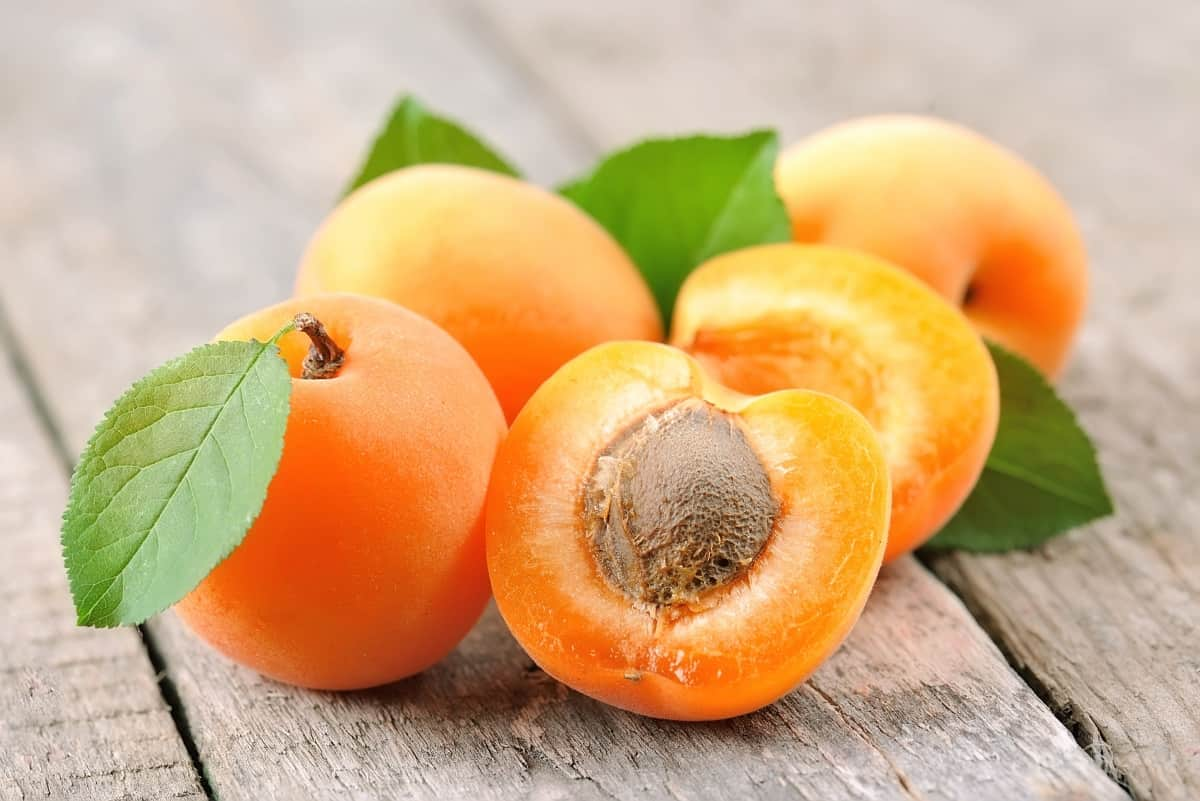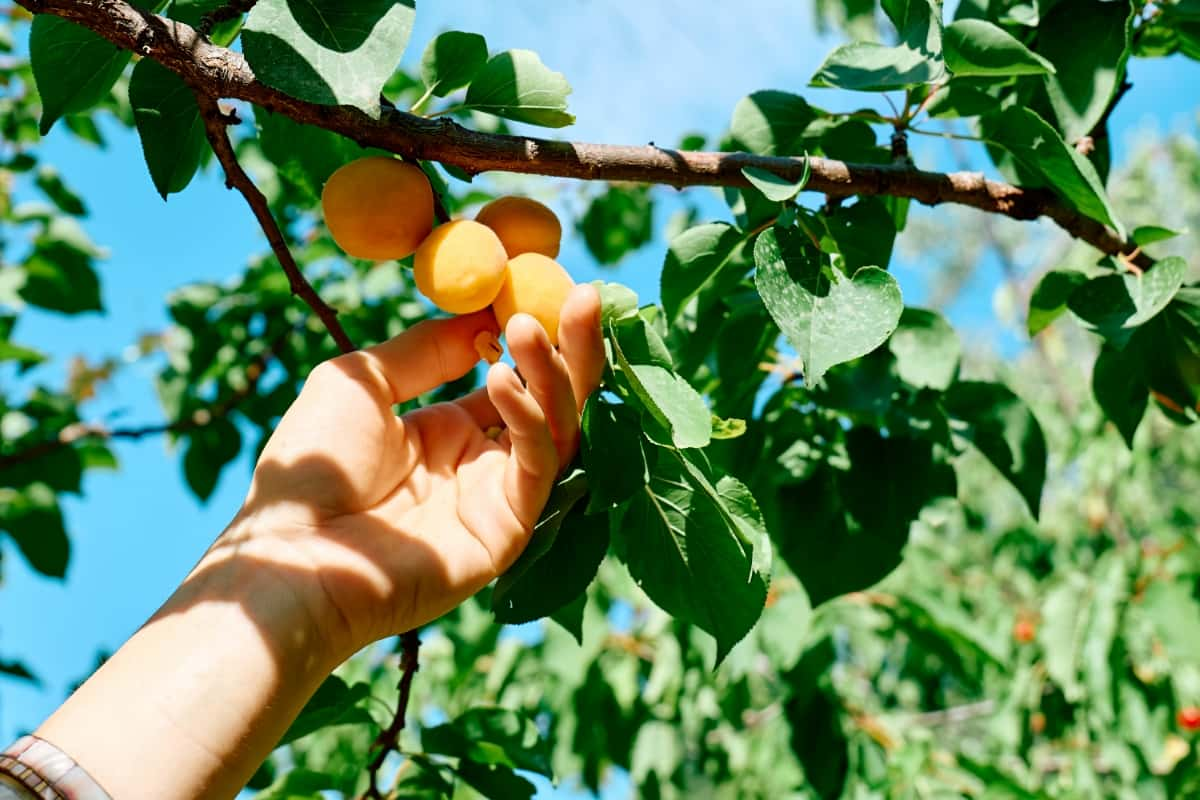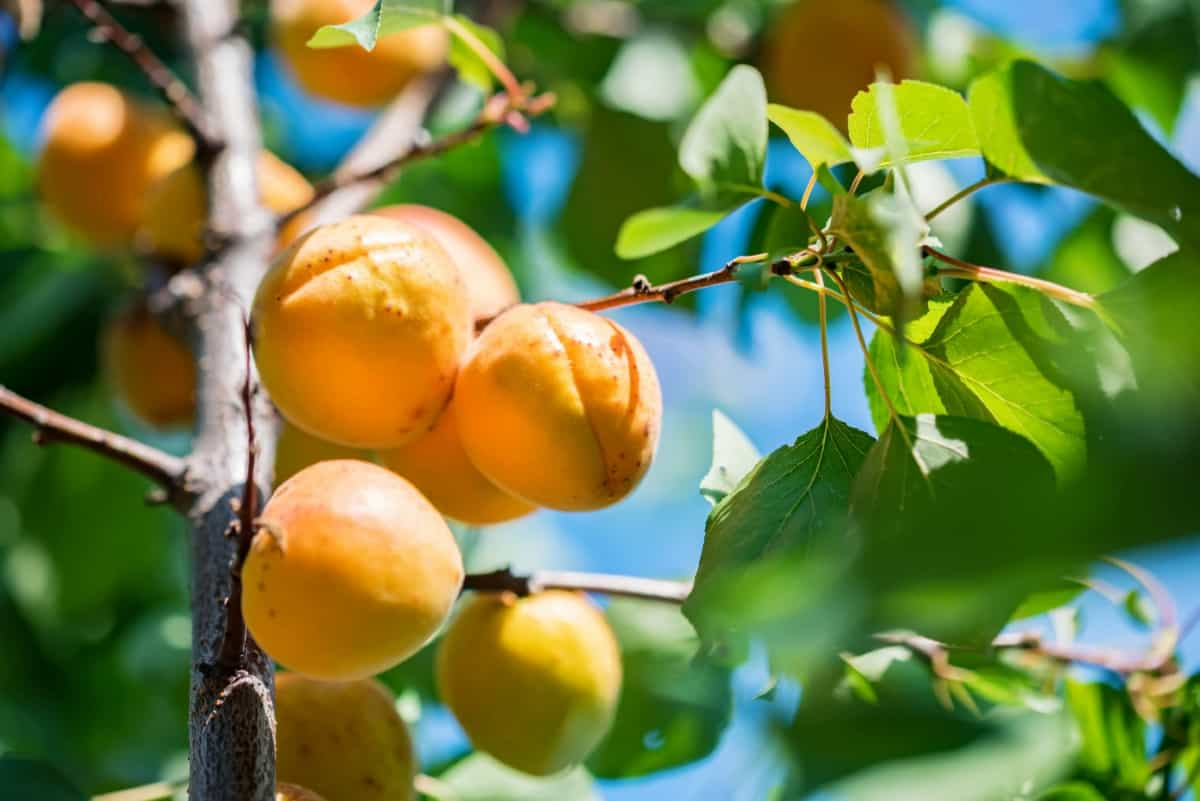In addition to providing delicious fruit for any garden, apricot trees make a beautiful addition to any landscape. Understanding how to propagate and pollinate these trees effectively is crucial to ensuring a successful harvest. This guide will provide step-by-step instructions on propagating and pollinating apricot trees, ensuring optimal growth and fruit production.

How to Propagate and Pollinate Apricot Trees
Understanding Apricot Tree Propagation: A Comprehensive Guide
Apricot tree propagation is a fascinating process allowing you to grow your own. You can use several methods to propagate apricot trees, including seed propagation, grafting, and air layering propagation. Seed propagation involves collecting and planting apricot seeds in a suitable growing medium. Grafting is a more advanced technique that involves joining a bud or scion from a desired apricot variety onto a rootstock.
Air layering is a technique that can be used as an alternative method for propagating apricot trees. This method involves creating a small incision in a branch and wrapping it with damp sphagnum moss or moist soil. Each method has advantages and disadvantages, so it’s important to understand the specific requirements and techniques for successful apricot tree propagation. You can enjoy growing your own apricot trees with proper care and attention.
Selecting the Right Apricot Variety for Propagation
Selecting the right apricot variety for propagation is crucial for successful cultivation. When choosing a variety, several factors should be considered.
- First, consider the climate and location where the apricot tree will be grown. Some varieties thrive in cooler regions, while others prefer warmer climates.
- Next, consider the desired fruit characteristics such as size, flavor, and color.
- Additionally, consider the tree’s growth habits and disease resistance.
- Popular apricot varieties for propagation include the Moorpark, Goldcot, and Blenheim.
- By carefully considering these factors, growers can ensure they select the right apricot variety for propagation, setting themselves up for a successful harvest.
Preparing the Apricot Seeds for Propagation
- To begin, gather fresh apricot seeds from ripe fruits. Remove any flesh or pulp by thoroughly rinsing the seeds.
- Next, soak the seeds in water for 24 hours to soften the hard outer shell, enhancing germination.
- After soaking, carefully dry the seeds using a paper towel. To increase germination rates, stratify the seeds by placing them in an air-tight plastic bag with a damp paper towel.
- Store the bag in the refrigerator for 3-4 weeks.
With these steps, you can increase the chances of successful apricot seed propagation.
In case you missed it: 6 Causes of Dying Apricots and How to Fix It?

Germinating Apricot Seeds: Step-By-Step Instructions
- Place the cleaned apricot seeds in a moistened seed-starting mix or peat moss container.
- Cover the container with transparent plastic wrap or a lid to create a humid environment.
- Keep the seeds warm. They germinate best when the daytime temperature is 30°C, and the nighttime temperature is above 20°C.
- Check the moisture level regularly and mist the seeds if necessary to maintain a moist environment.
- After a few weeks, the seeds should germinate, and tiny seedlings will emerge.
- Once the seedlings have grown their first set of true leaves, they are ready for transplantation.
Transplanting Apricot Seedlings Into Containers or Nursery Beds
When the apricot seedlings have reached an appropriate size, they can be transplanted into containers or nursery beds. Follow these steps for successful transplantation
- Choose containers or nursery beds with well-draining soil.
- Dig holes large enough to accommodate the seedlings’ root systems in the soil.
- Gently remove the seedlings from their containers carefully not to damage the roots.
- Place each seedling into a hole and backfill it with soil, ensuring the roots are covered and supported.
- Water the transplanted seedlings thoroughly to settle the soil and provide moisture.
Grafting Techniques for Apricot Tree Propagation
- Whip grafting involves joining a scion and rootstock by cutting both at an oblique angle and securing them with tape or grafting wax.
- Another technique is budding, where a bud from the desired apricot variety is inserted into a T-shaped incision on the rootstock.
These grafting techniques offer effective ways to propagate apricot trees, ensuring healthy and productive orchards.
In case you missed it: How to Grow Apricot Organically: A Step-By-Step Guide with Simple Steps

Air Layering: An Alternative Method for Propagating Apricot Trees
- This method involves creating a small incision in a branch and wrapping it with damp sphagnum moss or moist soil.
- The branch is then covered with plastic to create a humid environment that encourages root formation.
- Over time, roots will develop at the incision site, and once they have been established, the branch can be cut and planted as a new apricot tree.
Air layering is a reliable method for propagating apricot trees, as it allows for the production of genetically identical offspring.
Caring for Young Apricot Trees: Watering, Fertilizing, and Pruning
- Caring for young apricot trees requires attention to watering, fertilizing, and pruning.
- Watering is crucial during the first few years to establish a strong root system. It is essential to water deeply and regularly, especially during dry periods.
- Fertilizing should be done in early spring with a balanced fertilizer to promote healthy growth.
- Pruning is necessary to shape the tree and remove damaged or diseased branches. It is best to prune apricot trees in late winter or else early spring prior to new growth begins.
- Regular pruning encourages fruit production and keeps the tree healthy.
Identifying and Preventing Common Diseases and Pests in Apricot Trees
Identifying and preventing common diseases and pests in apricot trees is crucial for maintaining their health and ensuring a bountiful harvest. Common diseases that affect apricot trees include bacterial canker, powdery mildew, and brown rot. Bacterial canker is characterized by sunken, oozing lesions on the bark, while powdery mildew appears as a white, powdery coating on leaves and fruit. Brown rot causes brown, mushy spots on the fruit.
To prevent these diseases, practicing good sanitation by removing infected plant parts and debris is important. Regularly inspecting the trees and applying appropriate fungicides can also help prevent these diseases. In terms of pests, apricot trees are susceptible to aphids, mites, and plum curculios. Regularly monitoring the trees for signs of infestation and applying insecticides when necessary can help prevent pest damage.
Pollination Techniques for Maximizing Apricot Fruit Production
- Pollination is a crucial process for maximizing apricot fruit production. Apricots are self-pollinating, meaning they can pollinate themselves.
- However, cross-pollination can significantly increase fruit yields. To achieve cross-pollination, it is recommended to plant different apricot varieties nearby.
- Bees are apricot pollinators, so attracting them to the orchard is essential.
- Planting a wide range of flowering plants and avoiding pesticides during bloom can help attract bees.
- Additionally, manual pollination techniques, such as using a small brush to transfer pollen between flowers, can be employed to ensure successful pollination and enhance fruit production.
In case you missed it: Seed Propagation of Pawpaw: Germination Process, Sowing, and Seedling Care

Conclusion
In conclusion, apricot tree propagation can be achieved through various methods such as seed propagation, grafting, and air layering. Following the steps discussed here, you can successfully propagate and pollinate apricot trees, helping you create a bountiful orchard of apricots.
- Feed Your Flock for Less: Top 10 Tips to Save on Chicken Feed
- Ultimate Guide to Ossabaw Island Hog: Breeding, Raising, Diet, and Care
- Hatching Answers: The Top 10 Reasons Your Chickens Aren’t Laying Eggs
- Eggs and Economics: Breaking Down the Cost of Raising Backyard Chickens
- Defend Your Greens: Proven Methods to Keep Iguanas Out of Your Garden
- Ultimate Guide to Cinnamon Queen Chicken: A Comprehensive Guide for Beginners
- Ultimate Guide to California Tan Chicken: Breeding, Raising, Diet, Egg-Production and Care
- Ultimate Guide to Marsh Daisy Chicken: Breeding, Raising, Diet, and Care
- 10 Types of Chicken Farming Businesses You Can Start for Profits